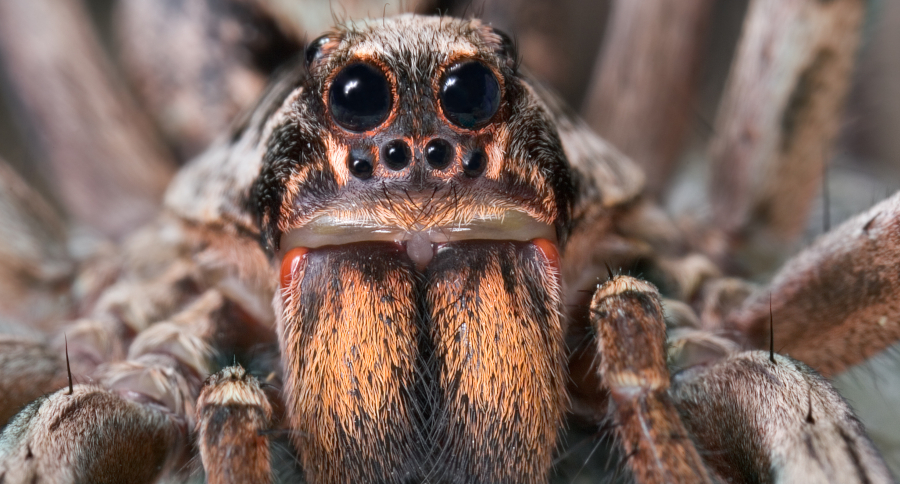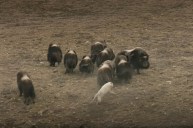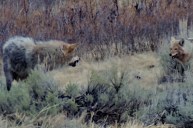Wolf spiders are creepy, but harmless.
When it comes to common creepy crawlies of North America, everyone seems to know about wolf spiders. The term wolf spider is a blanket term for members of the arachnid family Lycosidae. These hunting spiders thrive where humans live. Pest control agencies regularly get calls from people finding these creatures in their basements and crawlspaces.
As a result of being so common, and their large size, many myths and urban legends have sprung up about wolf spiders. Most of these are completely unfounded.
Today we will attempt to clear up some of those myths and bring you the facts on this fascinating species and why you should not fear them as much as other species of spider.
What does a wolf spider look like?
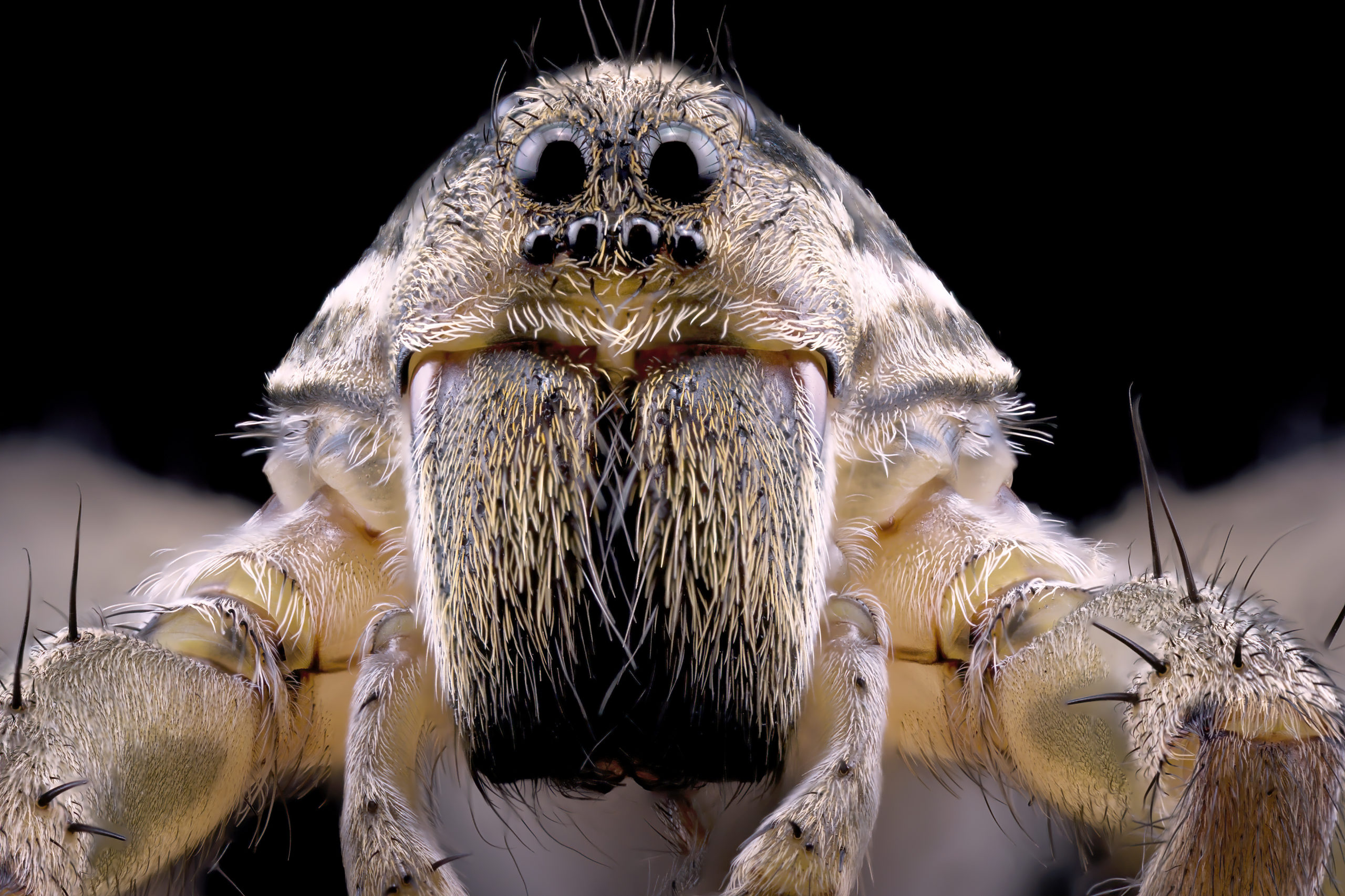
There are literally thousands of different species of wolf spiders and they can be found practically everywhere in the world. They are large, hairy spiders that resemble tarantulas. Larger specimens can reach an inch or more across. Color varies depending on species and location, but most are either light or dark brown. Grey and black are also common. These natural tones help them blend in with the soil and leaf litter. This serves a dual purpose of helping them hide from predators and their prey.
Unlike most spiders here in the United States, wolf spiders do not usually spin webs even though they do have spinnerets in their abdomen. There are a few exceptions like the genus Sosippus, which makes a funnel-like web on the ground. Others may construct elaborate burrows underground and pop out suddenly to surprise an unsuspecting victim. However, most wolf spiders do not have time for that and will either ambush or chase down their prey rather than waiting for it to come to them.
Speaking of the way these animals hunt, one easy way to identify any wolf spider is the eyes. Wolf spiders have eight of them to help them spot and stalk their prey. These eyes are usually arranged in rows on the spider's face. The middle row has two large eyes and the bottom has four small eyes. The size of the top row falls somewhere in between the other two rows. One other creepy thing about these spiders is the way female wolf spiders care for their young. They haul around the egg sac until they hatch. Once they do, the spiderlings ride around on their mother's back until they are ready to go off into the wild on their own.
Here in the United States, you are most likely to encounter the Carolina wolf spider (Hogna carolinensis) and the earlier mentioned Sosippus. Other frequently encountered spiders that have no common name include Hogna antelucana, Ancantholycosa solituda, Hespercosa unica, and Trebacosa marxi.
What do wolf spiders eat?
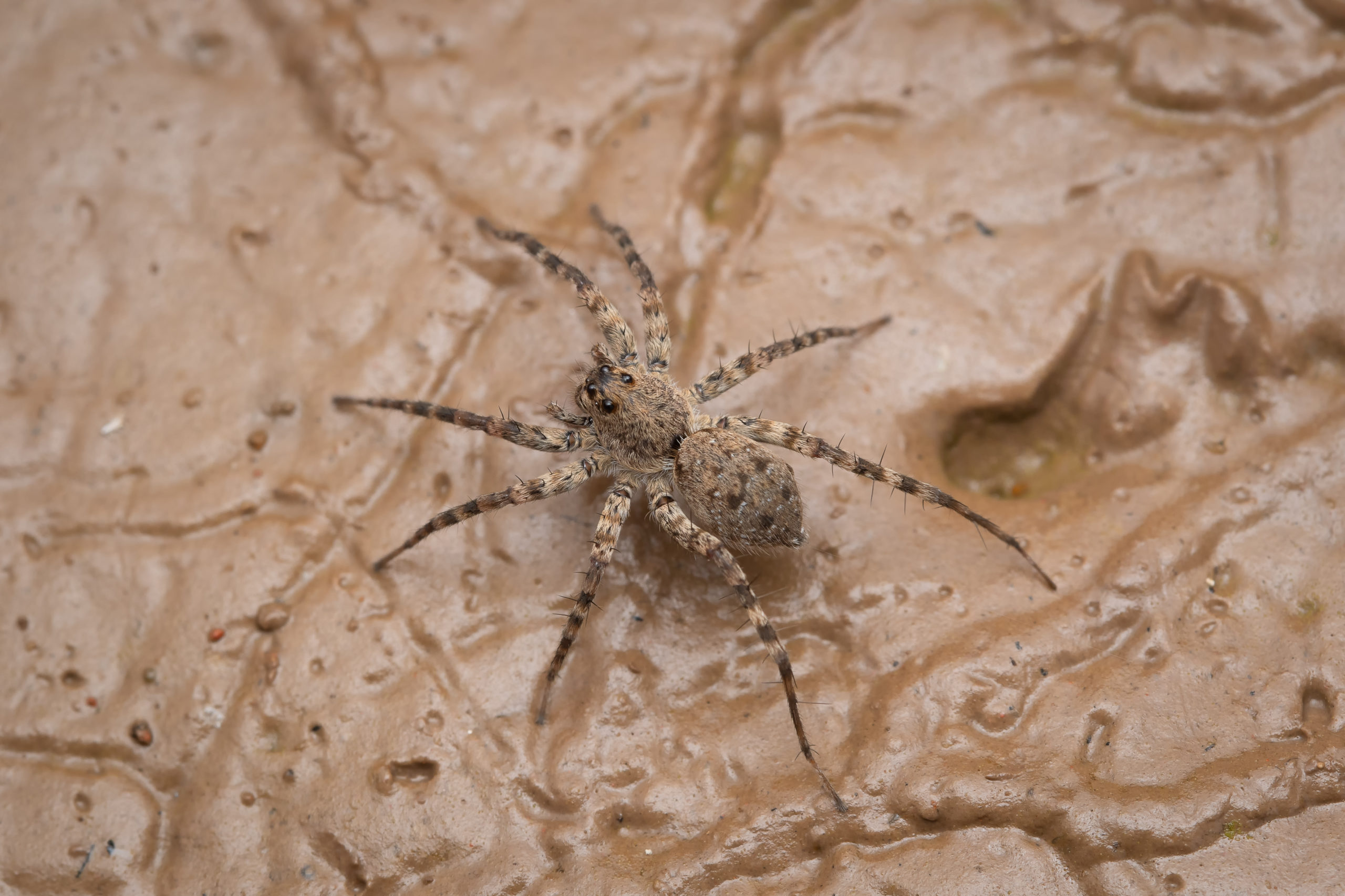
As we have already mentioned, most wolf spiders like to either ambush or run down their prey items rather than entrapping it in a web. We should also mention this common spider is quite solitary for most of its life. Despite the name, they do not "hunt in packs" as you will see circulating in some Internet legends. Wolf spiders hunt just about anything they can catch.
These creatures are quite fearsome to members of the insect kingdom. They tend to prey on flies, ants, crickets, grasshoppers primarily. Given the opportunity, they will also cannibalize other spiders smaller than themselves. It seems the wolf nickname was quite appropriate for this spider species!
Are wolf spiders venomous?
Many people fear wolf spider bites and we have heard plenty of misinformation about just what these creatures are capable of. These spiders do produce a small amount of venom. However, research reveals that it is only harmful if you happen to be a small insect or other prey item. People who have been bitten tend to describe redness, swelling and light pain. Any comparisons to dangerous black widow spiders or brown recluse spiders are completely unfounded.
It is also worth noting that these spiders do actively not seek out people to bite. That is a common spider myth we hear across all species. These creatures are quite vulnerable to a variety of larger predators and their first instinct is always going to be to run. Pennsylvania State University notes that most wolf spider bites happen if the creature is cornered or if it happens to get trapped against the skin. That means if one goes unnoticed in your shirt or pants, it could lead to an unpleasant experience for both human and spider. PSU also notes that there have never been any serious medical issues recorded from wolf spider bites, so no need to panic when you see one.
Do wolf spiders live in houses?
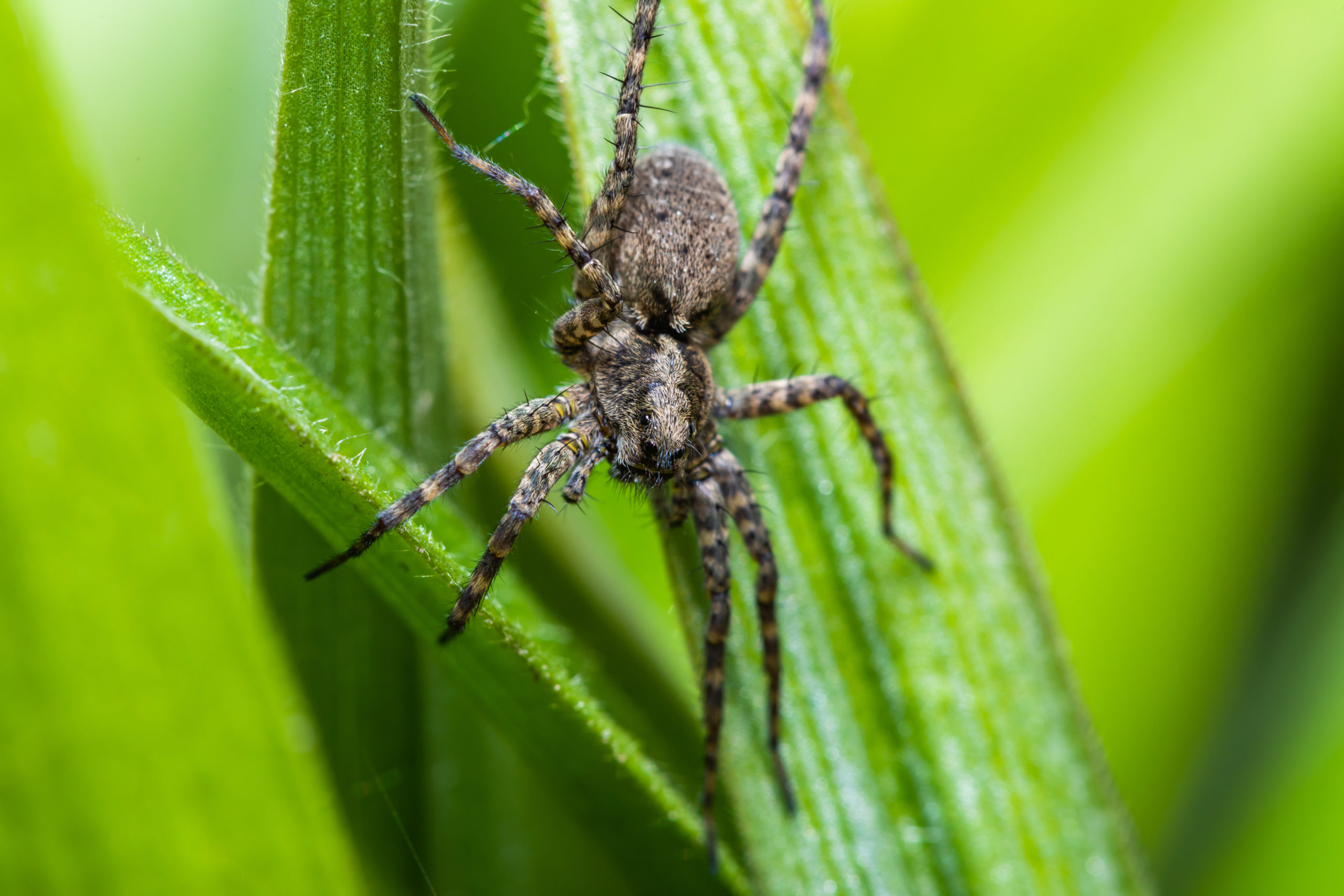
The natural habitat for these spiders is in woodsy, and grassy areas. They are commonly encountered hiding under bark and rocks, especially near wetlands and damp areas. These spiders are quite adaptive and thrive while living near humans. This often results in unwanted infestations in homes, basements and garages.
These spiders seem to prefer cool damp areas, which perfectly describes the underside of many decks, porches and docks. People with lake homes often encounter these spiders quite frequently. In my old home, I frequently found the funnel web variety hiding out under the bushes and in the rocky landscaping near the house.
The best way to avoid unwanted encounters with these guys is to simply spray spider repellents near the home. If you do not want to go the poison route because of pets or small children, consider mixing up a natural spray of citrus, peppermint oil or garlic. Also make sure that all the cracks near basement windows, garage doors and other places where a spider can squeeze in are fully sealed. They may be creepy, but they will not harm you. In fact, if you leave the spider alone, it will probably leave you alone too.
For more outdoor content from Travis Smola, be sure to follow him on Twitter and check out his Geocaching and Outdoors with Travis YouTube channels.
NEXT: THE SIG SAUER CROSS RIFLE FOLDS THE GAP BETWEEN TACTICAL, HUNTING PURPOSES
WATCH
